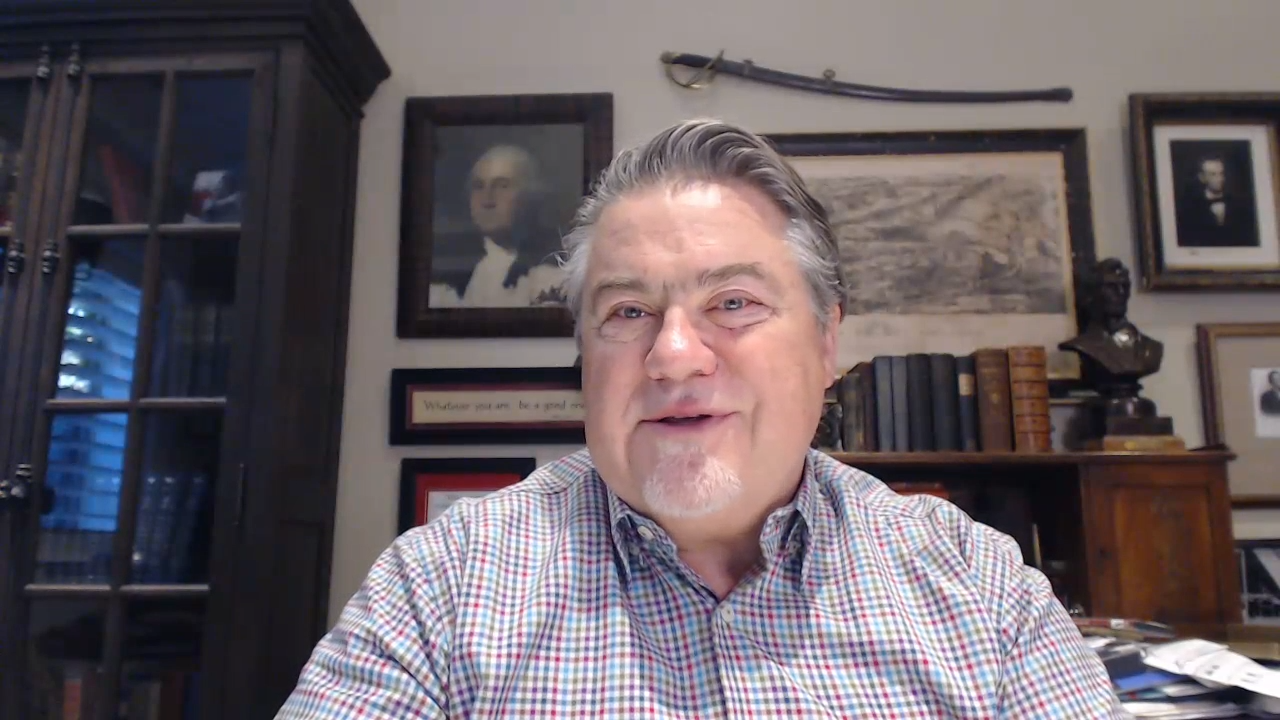Direct Sales Customer Service:
A Mop & Bucket Crew or a Retention Strategy?
There is good news and bad news. The good news is that when we help a company to start, they have on their checklist: we need to be able to address customer service. New direct sales companies need to be able to answer calls, tickets, and emails. In general, it’s one of the checklist areas that a new client will have on their list, and they give priority.
Established companies typically fall into one of two buckets.
One is that customer service and the agents in customer service are a mop and bucket crew that clean up the company’s messes. And the other school of thought is that they are professionals who directly interact with customers and distributors. The way that we treat our customer service agents is the way that they’re going to treat the field.
That’s pretty much the rare exception, quite honestly.
Customer service is a strategy.
It’s a growth and retention strategy. The focus of the work of customer service involves three foundation stones:
- The purpose of customer service,
- The people of customer service, and
- The processes to create an exceptional customer experience.
It’s not unusual for a CEO or head of sales to become aware of customer service early on because they’re dealing very closely with the field. When they hear the complaints, they deflect them to the customer service department and typically look to the customer service team to clean it up and pay attention to what’s happening.
The secret to my consulting work is showing up, putting on a headset, sitting next to the customer service agent, and listening to the calls. I watch the emails, the chats, and the tickets as they respond.
But then pay attention to what’s going on beneath the surface. I will observe, make notes, and aggregate the learning. Then I’ll sit with the executives who bring me in to look at what’s happening in their company, and I’ll walk them through what I’ve learned.
The agent, Sally, who will have listened to a problem, solved it well. Then I will ask her, “Sally, what’s going on to make that happen in the first place?” She will tell me.
Then I’ll ask, “Sally, what would you do to fix it if you were CEO for a day?” And she’ll usually tell me. That’s the secret.
My advice to executives is to do the same thing.
You don’t have to spend much time, just wander down to the customer service desk, put on a headset, and listen. Be seen as someone who cares about what’s going on in customer service. You should particularly care about what’s going on with your customers. Hear what they’re saying, observe how the problems are solved, and be aware.
Several things will happen.
- The executive will understand what’s happening in their business.
- They’ll appreciate the goodness of the people who put on the headsets. Those who come in every day to turn alligators into marshmallows. Those who wrangle with those problems on behalf of the company will have an increased desire to give them the tools they need.
- Listen to what’s going on and provide the tools throughout the company. Provide support throughout the company to fix the underlying problems one by one.
Quite honestly, that’s not only it’s not only my secret to providing great consulting and guidance to my clients who want to build great service experiences. But also, it’s the secret to being a better executive.

